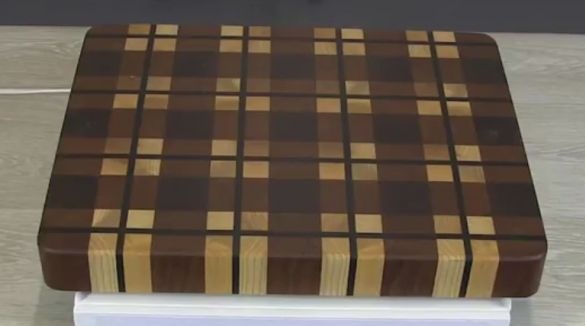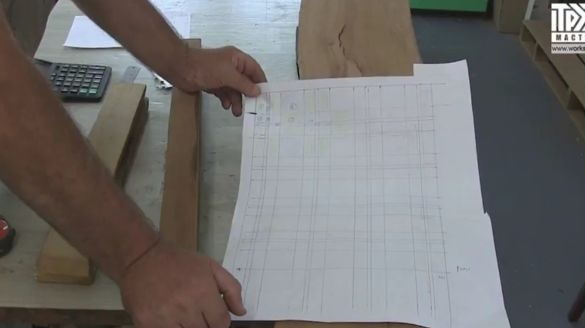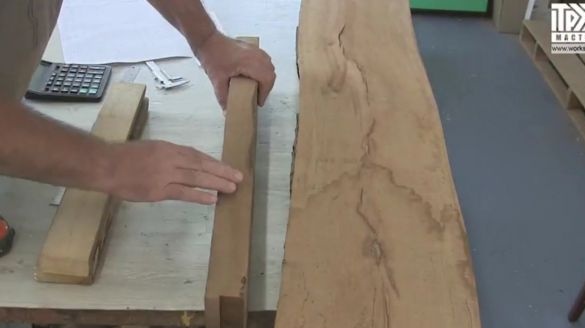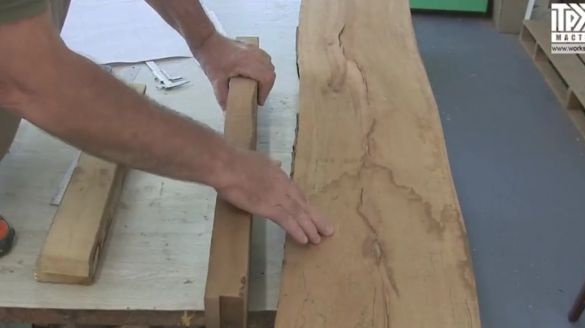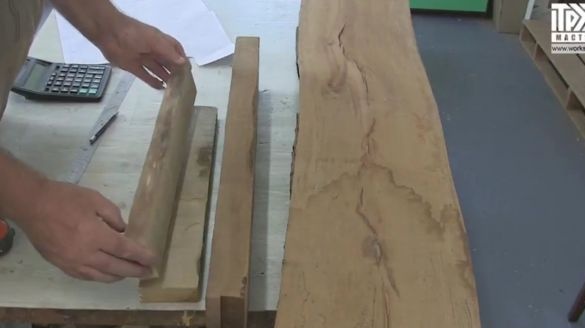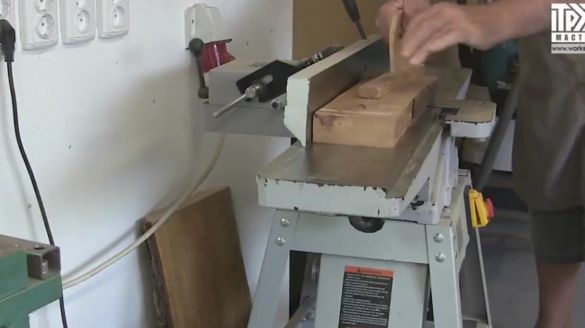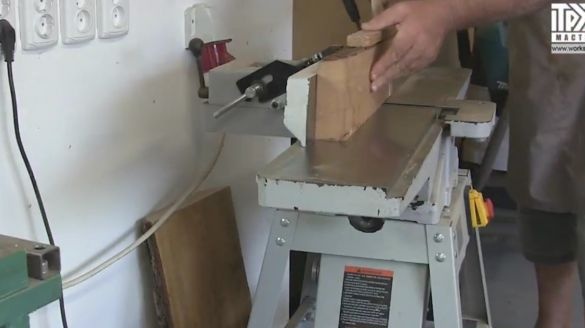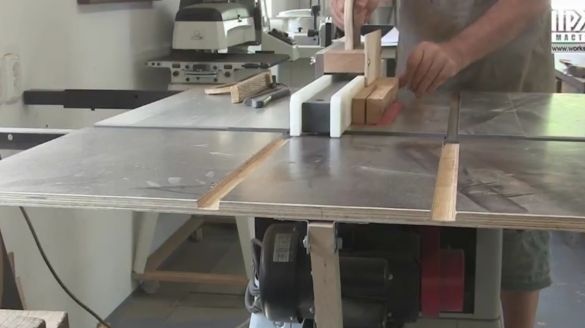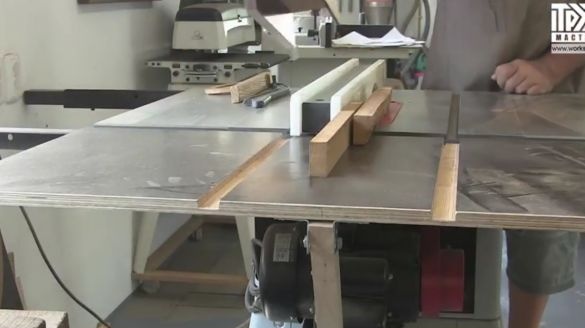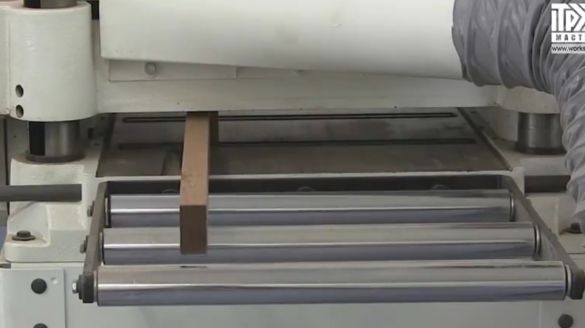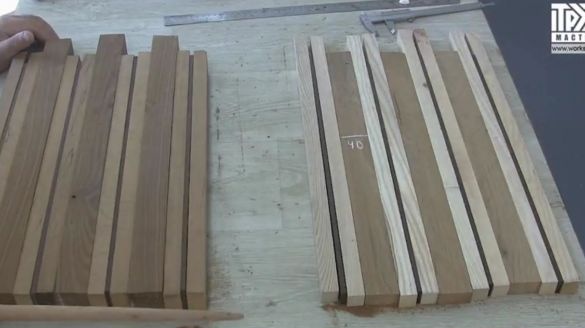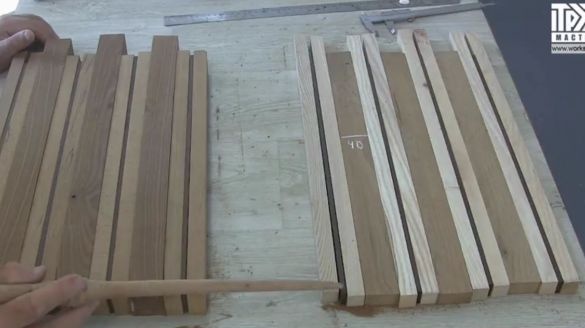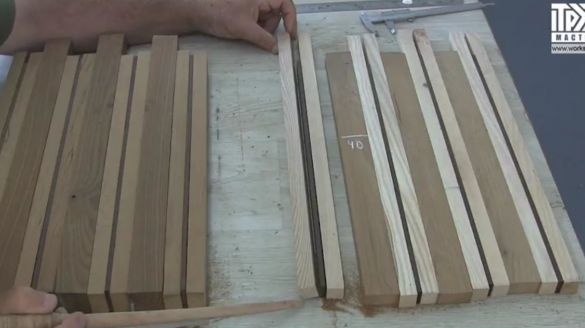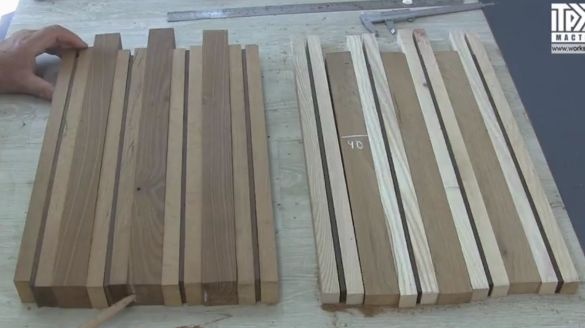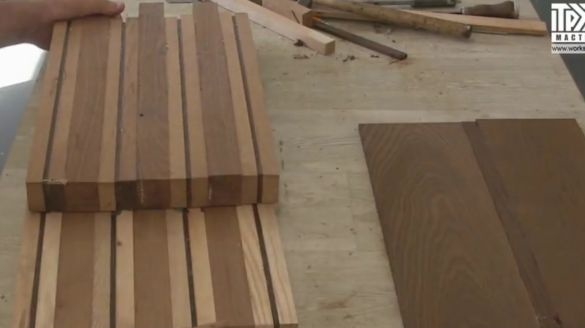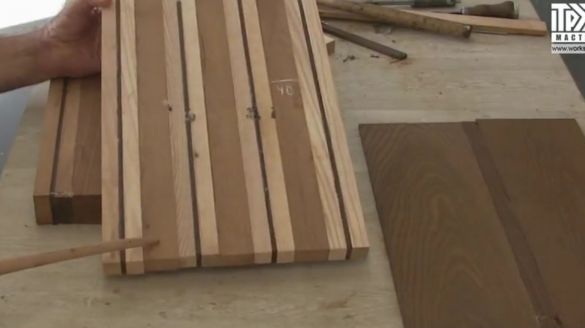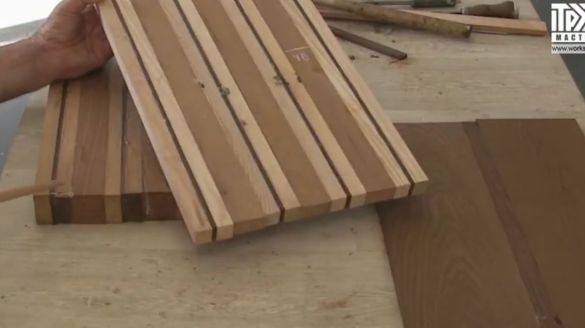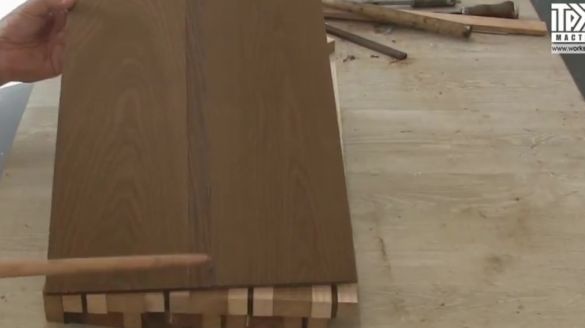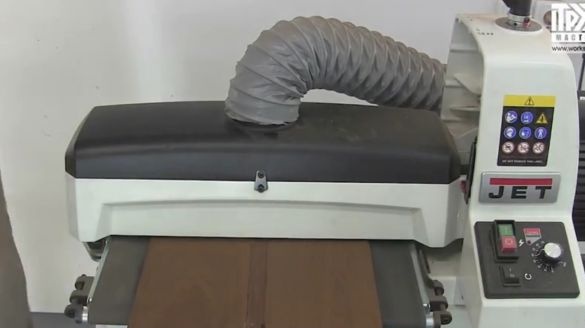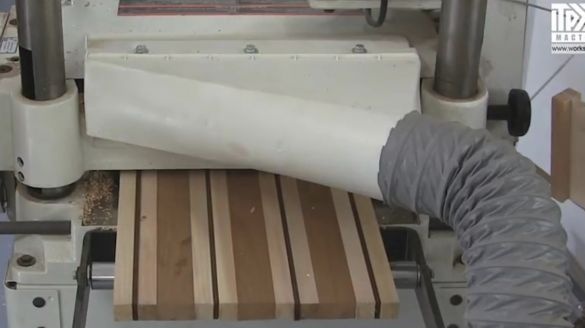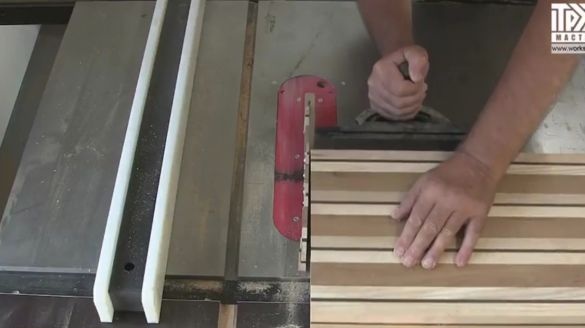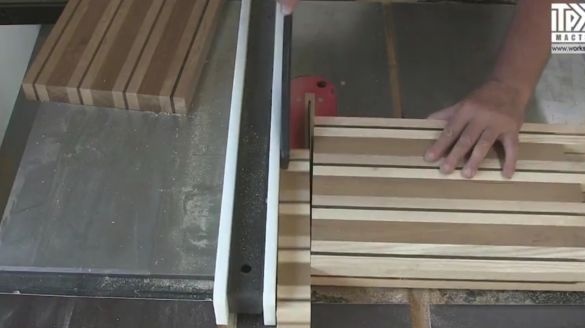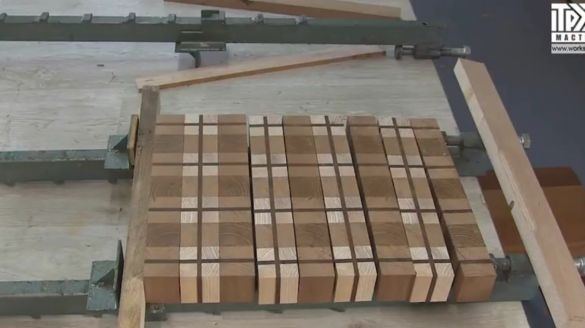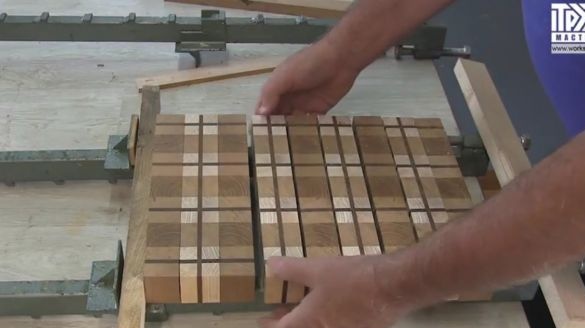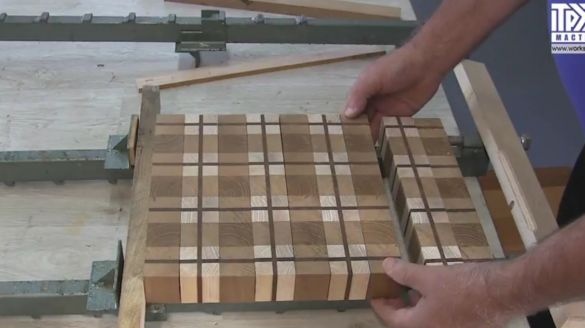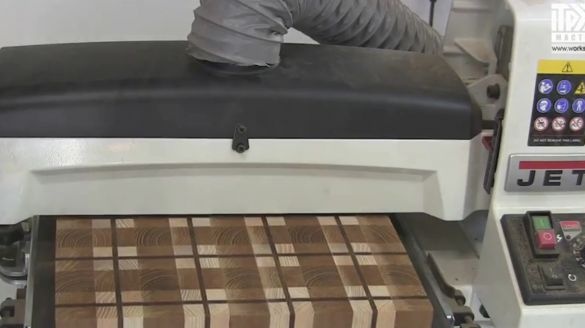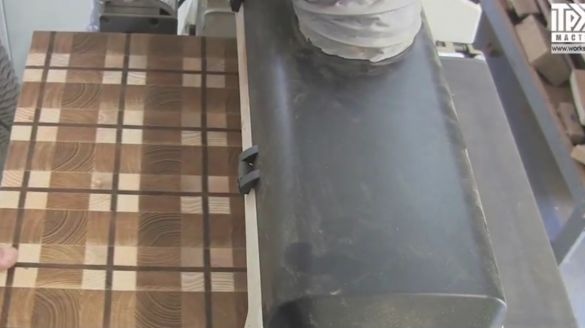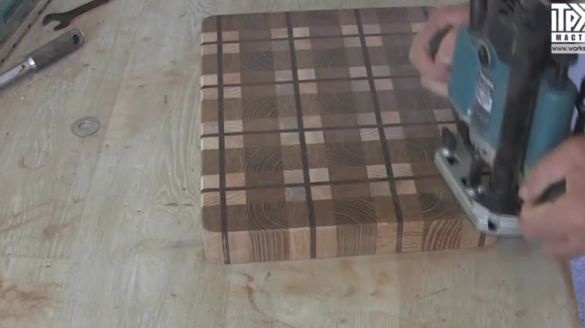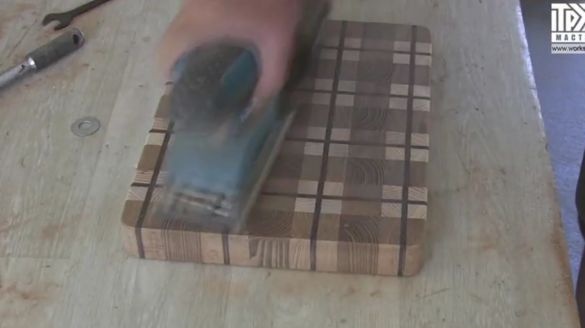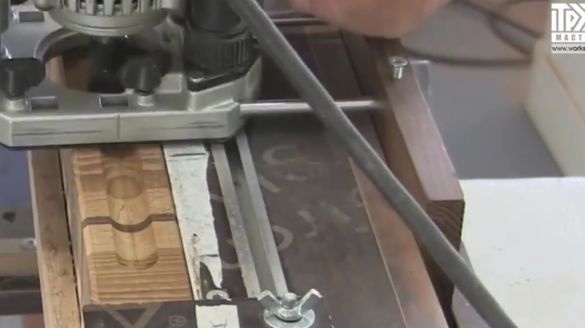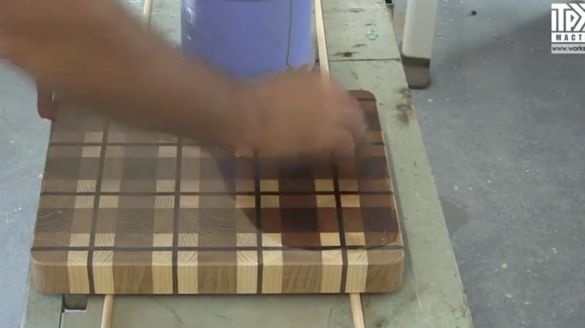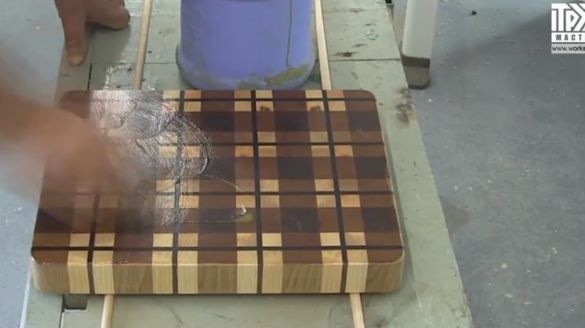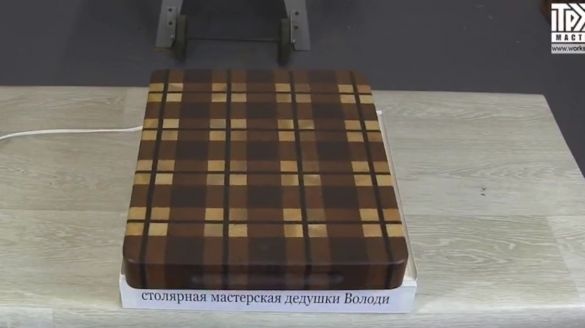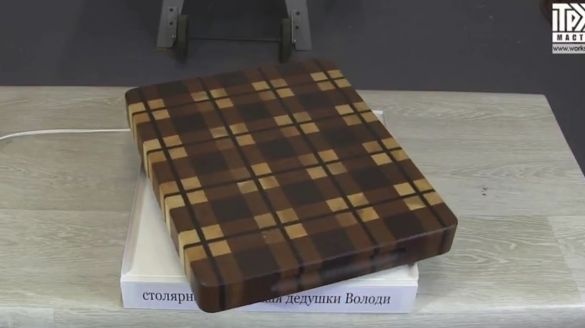In this article, Vladimir Zhilenko, the author of the channel of the same name, will show the technological process of assembling the original end cutting board. As well as a way to create a Scottish wood pattern.
One of the elements of the national costume of Scotland is a skirt. This is a kilt skirt, woolen fabric is used for sewing this skirt. Traditionally used cell to decorate this fabric.
The pattern, like the cells, is never repeated. Although these cells and colors released a huge amount. This is Scotland's national pride.
Vladimir Ivanovich wants to make an end kitchen chopping piece on the theme of a Scottish skirt.
Of course, in the manufacture of fabrics, a very large number of different woolen threads are used.
The author will use only four colors of wood.
So, friends are watching the process of making cutting trimming "tartan".
Often Vladimir says that the work consists first of drawings. At least such drawings, on a scale of one to one.
Further, the carpentry work itself and the finishing work.
Here is such a drawing - a sketch in order to determine the overall dimensions, length, thickness and width.
For the manufacture will use two breeds of thermal wood. One is dark, the other is straw-colored.
Will also use ash.
According to the drawings, blanks should have the following dimensions:
From ash 20X20mm from dark wood 40X40mm and medium species and 20X40.
Since the author will glue sticks together in several stages, the size must be made with a margin.
Not 20X20mm but 22X22. And then he will drive two adjacent sides through the thicknesser, he will remove a millimeter from each side. And already those sides that turn out at 20mm should be glued together.
To begin with, it will fake off the bars, setting the base base.
Then, already smooth, cuts into a circular saw.
And processes on a surface gage, making all planes parallel.
After the machine parts are of this form.
Lighter is a thin layer, and darker is thicker.
Between these two pies thin layers of dark wood will still fit.
Vladimir Ivanovich wants to draw your attention. These blanks should be clean 20X20mm.
Now for this workpiece in width 20mm, and in height 22.
This is done so that after gluing, these sides are processed on the thicknesser one and the second. And the cake turned out to be 20mm thick.
This cake, respectively, is 40 mm thick and 42 mm high.
From 42mm of all the blanks after the thickness gauge you need to make them exactly the same 40mm, after gluing, of course.
After gluing, the blanks look like this. The first form and the second form.
There is one color here, this one.
And the same color is present here.
Even such a detail from pieces of lamella is still glued.
Vladimir drives her through the grinder.
Now processes thick billets on the thicknesser.
It removes excess and evens the ends on a circular saw.
And cut into pieces.
After the sawing machine, the workpieces already have such a beautiful view. You can trace what the pattern will turn out. Even without polishing, it’s already nice to watch. Now there remains gluing and grinding. But, basically, the work has already been done. This is how the Scottish drawing should turn out.
The author does not show the gluing process, but everything is standard here. Lubricate with glue, clamp in clamps, then dry. Now you can see how he puts the blocks in two clamps, under the edges he will put planks.
It processes a finished, already glued plate on a grinding machine.
Having rounded corners, processes the faces with a milling cutter.
Then it is finally polished with a vibration grinder.
Mills a groove for hands with short edges.
It is impregnated with oil.
This is what the finished carpentry work looks like - a Scottish-style cutting kitchen endboard.
Red color prevails on Scottish skirts, the author tried to find a thermal tree with a characteristic red tint. Of course, not as red turned out as we would like.
The central squares are thermo cherries. A little bit lighter - it's a thermo beech.
Light wood is ash and dark thermo hornbeam.
From this angle, the groove for the hands is clearly visible.
This is how Vladimir Ivanovich did a beautiful job. Of course, he applied the minimum number of colors, only four. In order to make the carpentry work more fully, you can add different types of wood. Thanks to the author for his work!
All beautiful homemade!

